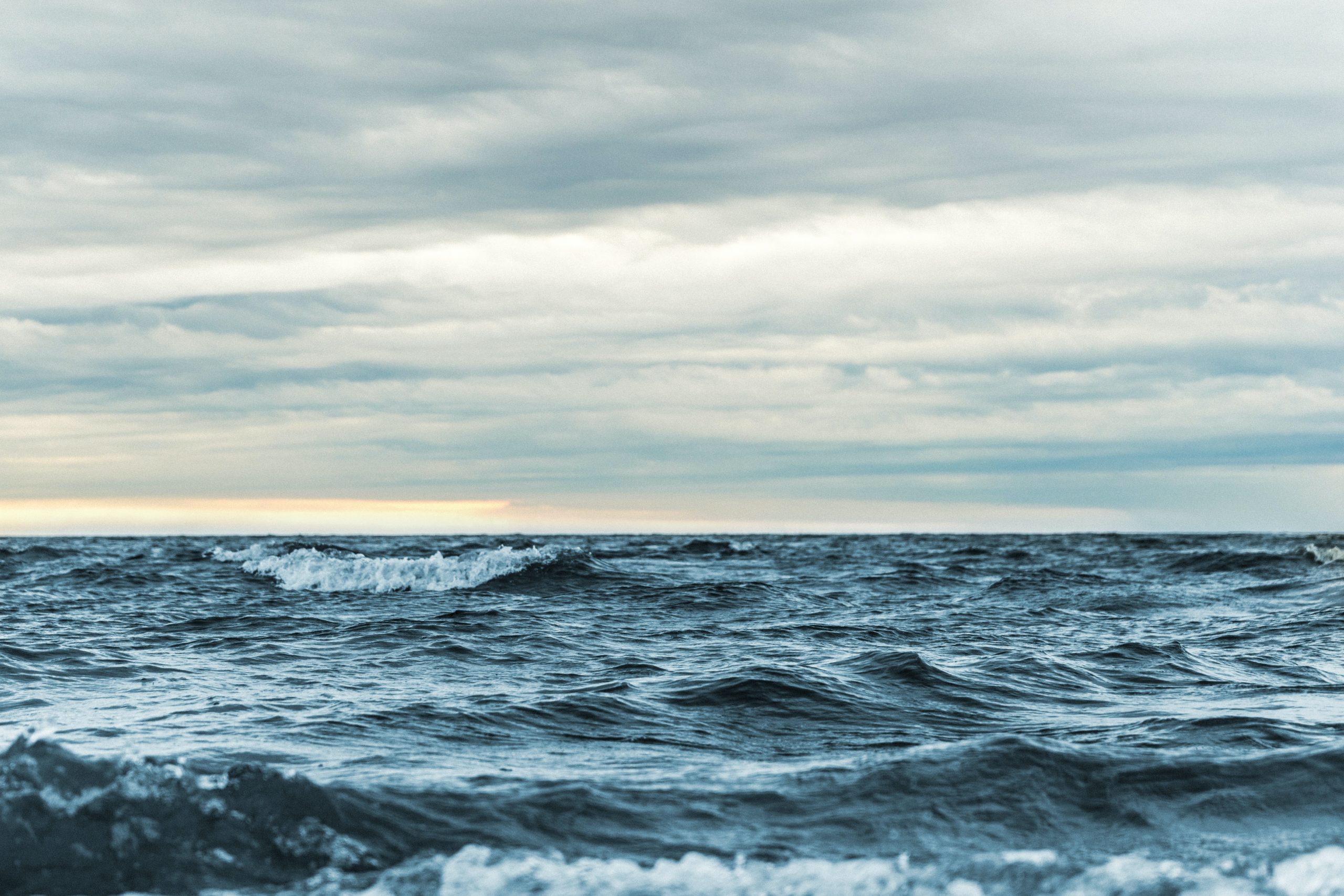El Niño, the climatic phenomenon that periodically affects the tropical Pacific Ocean, has profound implications for marine life and ecosystems around the world. Its disruptive effects on ocean temperatures, currents, and weather patterns can trigger significant changes in marine habitats, biodiversity, and food chains. In this article, we explore the impact of El Niño on marine ecosystems and highlight the need for increased research and conservation efforts to mitigate its effects.
One of the key consequences of El Niño on marine ecosystems is the disruption of normal oceanic conditions. During an El Niño event, the warming of surface waters alters the temperature gradient, affecting nutrient availability and primary productivity. This disruption can have cascading effects throughout the food web. Phytoplankton, the microscopic plants that form the foundation of marine ecosystems, may experience reduced growth or even die-offs due to unfavorable conditions. This, in turn, affects the entire food chain, from zooplankton to fish, marine mammals, and seabirds.
The impact of El Niño on coral reefs, some of the most diverse and productive ecosystems on Earth, is particularly concerning. Elevated ocean temperatures associated with El Niño events can cause coral bleaching, a phenomenon where corals expel their symbiotic algae, leading to the loss of color and, in severe cases, the death of coral colonies. Coral bleaching events have become more frequent and widespread in recent decades, posing a significant threat to the survival of coral reefs and the countless species that rely on them for food and shelter.
The disruption of normal ocean currents during El Niño events also affects the distribution of marine species. Certain fish populations may migrate to different areas in search of more suitable conditions, impacting local fishing industries and altering predator-prey dynamics. Marine mammals, such as whales and dolphins, can also be affected as changes in water temperature and nutrient availability may impact their food sources and migration patterns.
El Niño’s influence on global weather patterns can indirectly affect marine ecosystems as well. Changes in precipitation patterns and runoff can result in increased sedimentation and nutrient runoff into coastal areas, impacting nearshore habitats and coral reef health. Flooding events caused by El Niño can also introduce pollutants and contaminants into marine environments, further compromising the well-being of marine life.
To better understand and mitigate the impact of El Niño on marine ecosystems, scientists and researchers employ various techniques to monitor and study its effects. They use satellite imagery, buoy networks, and oceanographic measurements to track changes in sea surface temperatures, ocean currents, and other relevant parameters. By collecting data over time, scientists can analyze the patterns and dynamics of El Niño and its relationship to marine ecosystems, providing valuable insights for conservation and management efforts.
Conservation initiatives and marine protected areas play a crucial role in safeguarding vulnerable marine ecosystems from the impacts of El Niño and other stressors. By establishing protected areas that encompass a range of habitats, including coral reefs, seagrass meadows, and mangrove forests, we can provide refuge for marine species during times of environmental disturbance. These protected areas also serve as living laboratories for scientific research, allowing researchers to study the long-term effects of El Niño and develop strategies for ecosystem resilience.
Education and public awareness are essential in promoting conservation efforts and fostering sustainable practices. By informing communities, policymakers, and the general public about the impacts of El Niño on marine ecosystems, we can inspire collective action and support for conservation initiatives. Encouraging responsible fishing practices, reducing pollution, and advocating for sustainable coastal development are vital steps towards mitigating the effects of El Niño on our oceans.
In conclusion, El Niño has far-reaching impacts on marine life and ecosystems worldwide. From coral bleaching to changes in
species distribution and disrupted food webs, the consequences of this climatic phenomenon are significant. By investing in research, conservation, and education, we can better understand and mitigate the effects of El Niño, safeguarding the health and resilience of our precious marine ecosystems for future generations.
Disclaimer: The views and opinions expressed in this article are those of the author and do not necessarily reflect the official policy or position of any organization.




